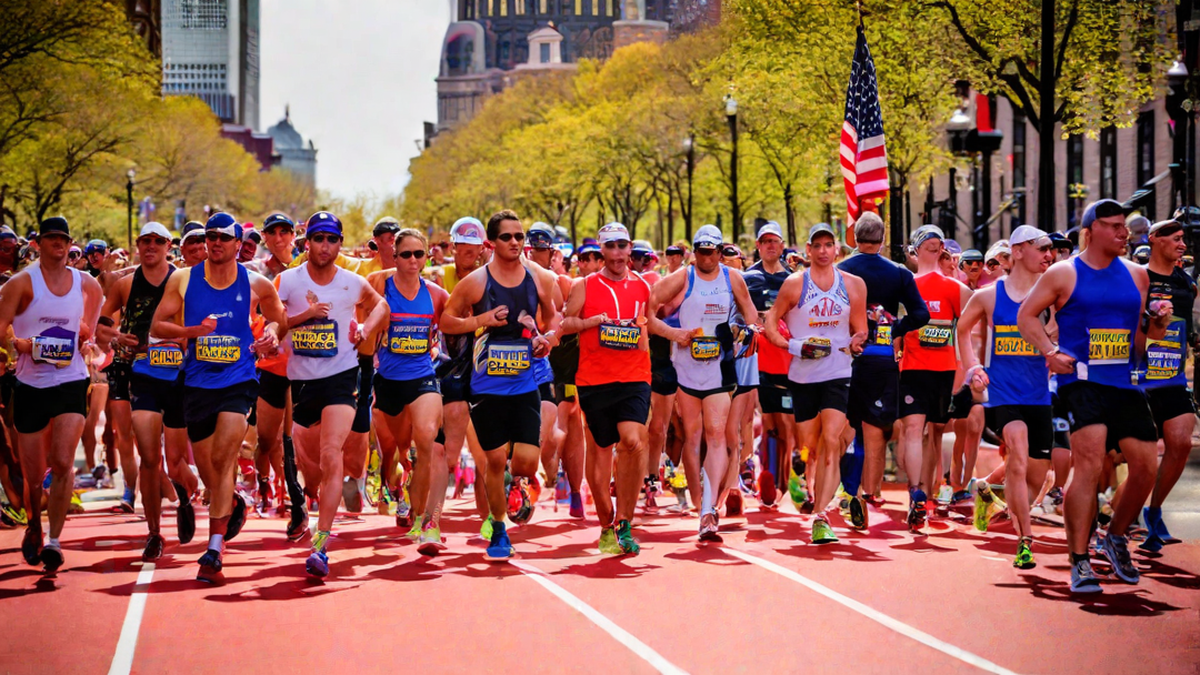The Boston Marathon is one of the oldest and most prestigious marathons in the world, with a rich history that spans over a century. As a passionate runner myself, I have always been fascinated by the tradition and endurance that the Boston Marathon represents. In this article, I will take you on a journey through time to explore just how long this iconic race has been going on.
The Inception of the Boston Marathon
The Boston Marathon was first held on April 19, 1897, making it the oldest continuously running marathon in the world. The idea of organizing a marathon in Boston came from the success of the first modern Olympic Games, held in Athens, Greece in 1896. Inspired by the marathon race in Athens, the Boston Athletic Association (BAA) decided to create a similar test of endurance and athleticism.
The inaugural Boston Marathon had 15 participants, who raced over a distance of 24.5 miles (39.4 kilometers) from the starting line in Ashland to the finish line in Boston. It was an immediate success, with John J. McDermott from New York winning the race with a time of 2 hours, 55 minutes, and 10 seconds.
The Evolution of the Course
Over the years, the course of the Boston Marathon has undergone several changes, but it has always remained challenging and iconic. In 1908, the course was officially lengthened to the now-standard marathon distance of 26.2 miles (42.195 kilometers). The race starts in the small town of Hopkinton and finishes on Boylston Street in downtown Boston, near the iconic Boston Public Library.
One of the most notable features of the Boston Marathon course is the legendary Heartbreak Hill, which comes around mile 20. This hill has become a symbol of the race, known for testing runners’ mental and physical strength. As a runner, I can tell you that conquering Heartbreak Hill is no easy feat, but the feeling of accomplishment when you reach the top is absolutely exhilarating.
Interruptions and Traditions
Throughout its long history, the Boston Marathon has only been canceled a handful of times. The most notable interruption occurred during World War I, from 1918 to 1919, and again during World War II, from 1943 to 1945. These cancellations were a result of the war effort and the focus on more pressing matters.
One of the most cherished traditions of the Boston Marathon is the awarding of the olive wreath crown to the winners. This tradition dates back to the ancient Olympic Games and is a symbol of victory and honor. As a runner, I can only imagine the pride and joy of wearing that crown after crossing the finish line in first place.
A Race for All
While the Boston Marathon is renowned for its competitive elite runners, it is also a race that welcomes and celebrates runners of all abilities. Qualifying for the Boston Marathon is a goal that many dedicated runners strive for, as it signifies their achievements and dedication to the sport.
As a runner myself, I dream of one day qualifying and participating in the Boston Marathon. The thought of joining the ranks of the countless runners who have conquered this historic race fills me with excitement and determination. It’s a goal that pushes me to train harder and push my limits.
In Conclusion
For over a century, the Boston Marathon has been a beacon of inspiration for runners around the world. Its rich history, challenging course, and enduring traditions make it a truly remarkable event. Whether you’re a seasoned marathoner or just beginning your running journey, the Boston Marathon represents the pinnacle of the sport. It’s a testament to the human spirit and the power of perseverance.
So, lace up your running shoes and join me in celebrating the legacy of the Boston Marathon. Together, let’s keep the spirit of this incredible race alive for generations to come.

